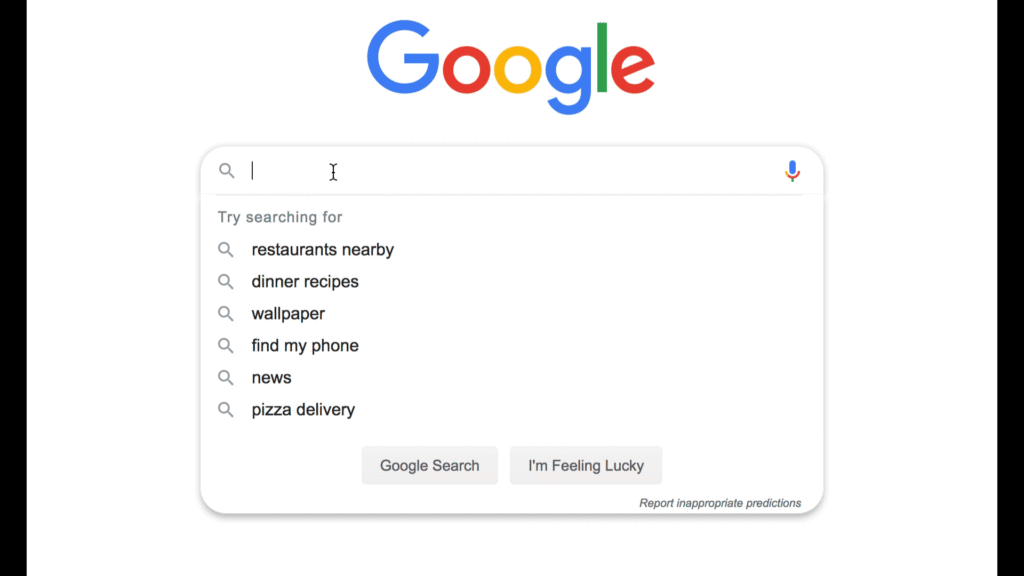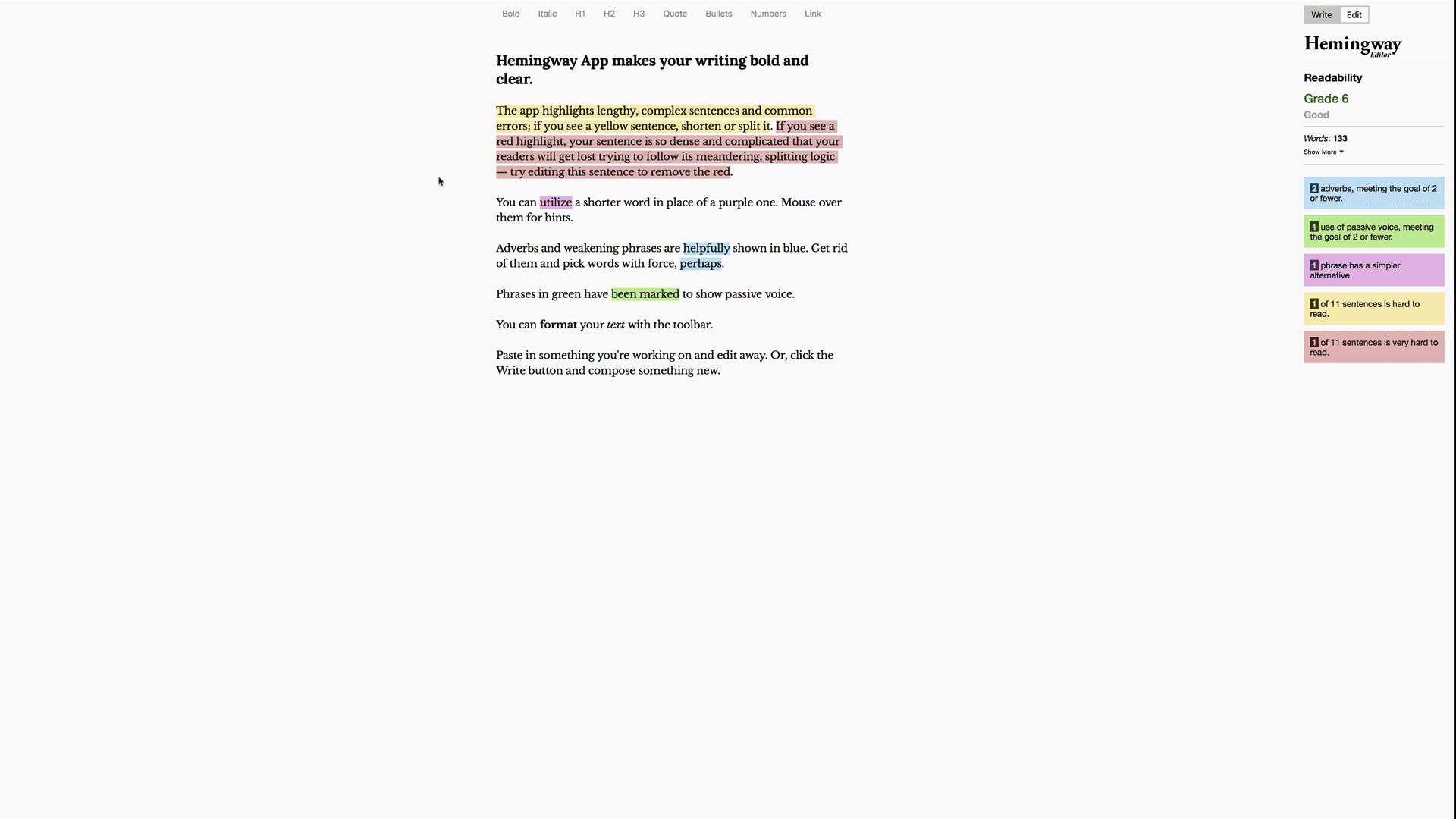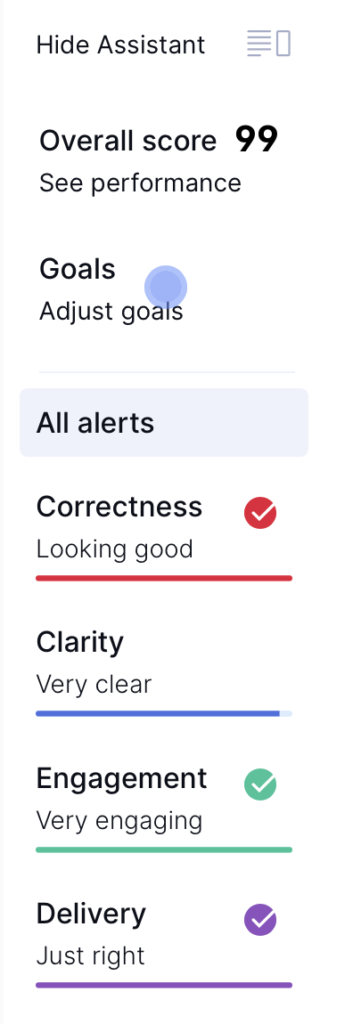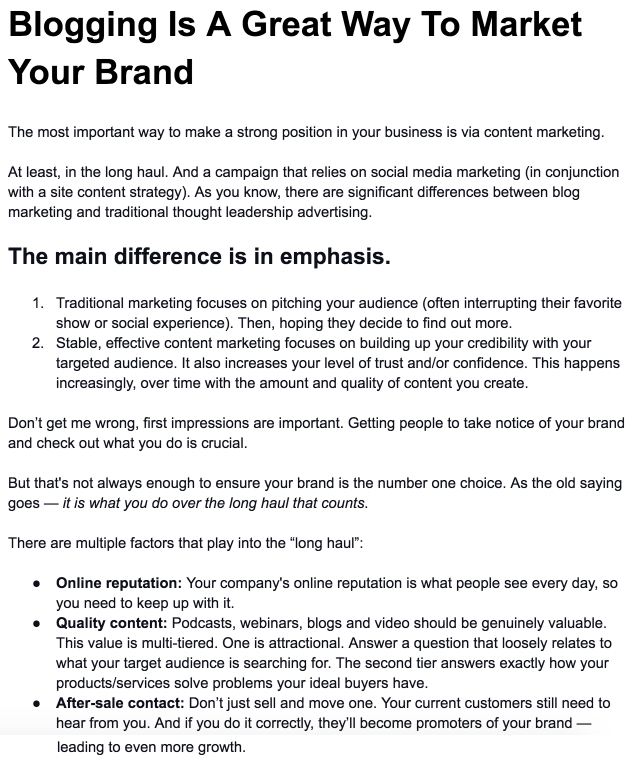So, I used “A.I.” and GPT-3 to write an entire piece of content.
In part one of this AI in writing series, I gave a brief example of a tool that uses AI to gather and write original content.
The example turned out well, but it can always be more interesting, deeper.
To make it happen, I ran a larger experiment with a bigger payoff.
An entire article written by the robots in two versions…
- One without major revisions. Run it through an editing tool and let it fly.
- Another where I play around and see if it actually saves time/effort.
You’ll find the entire experiment and resulting articles below.
Let’s get started.
Setting up the AI or GPT-3 content writing experiment

Here’s a rundown of the framework I created to test the tools.
- Problem: Is AI a viable writing solution?
- Premise: Choose the best AI writing tool to write an article on a given topic.
- Writing Experiment #1: Mostly AI writing (Clean up obvious errors, run through Hemingway/Grammarly and release it to the world.)
- Writing Experiment #2: Turn it into a decent article on the topic at hand (change anything needed to have it fit my writing style.)
- Results: The original AI article and the finished results (one result per experiment) for the reader (you) to decide how it turned out.
Lots to cover. Let’s continue.
Choosing an AI or GPT-3 writing tool
There are a growing number of AI tools on the market.
On the low end, some of them are essentially detailed search engines that offer more than a sentence.
Others, to be honest, are reiterations of “article spinners” from the early 2000’s and not worth a look.
The high end offers some experience amalgamation of machine learning/AI plus actual people to make sure everything is good to go.
But there’s also some middle of the road tools that businesses and copywriters may actually use — if it was worthwhile.
It’s in this Goldilocks range that I’ll spend my time/effort/money.
Note: Not trying to specifically review the service I used. It’s not a tool review, but a “state of AI”. That said, most of them offer brief free trials. So, find a list of AI writing tools and get to running your own experiment.
Choosing a topic for the GPT-3 content writing experiment
Now that I’ve chosen the platform and given the robot elite a bit of my money, it’s time to choose a topic.
Mulled over this for a while. Something meaningful, somewhat complex and nuanced. Can’t be “copywriting” and “AI”. Done that before.
What exactly will I have our soon-to-be overlords write? Content marketing.
Different, yet similar to copywriting. Something that you know a bit about, is very hard to fake and requires personable (aka humanistic) writing.
Content marketing it is!
Getting the actual AI, GPT-3 article took 72 seconds

Further Research: Here’s a piece of the content:

Now we have the base content for our experiment. I have to say, it’s not bad terrible!
Maybe it’s because the last run-in I had with AI content wasn’t so good.
Honestly, this particular article seems like a post you got from a content mill written by their mid-to-bottom tier writing level.
If you’ve had some content written by those mills, you understand.
First stop for this mechanical puppet editorial is Copyscape (a plagiarism detector). Plagiarism and improper attribution costs a decent amount of money.
And AI can’t be sued, nor do they have money — yet.
To my surprise, there were zero results in Copyscape!

The previous tool I used had multiple direct quotes pulled from the resources it was trying to use to spit out “original” content.

Onto the first AI content experiment
Using our control piece of AI content, I’m just going to do three things:
- Space it out/add subheadings (to give it a bit of whitespace breathing room)
- Run it through the Hemingway app (should take a minute or two), make minimal edits
- Put it in Grammarly, make minimal edits
Essentially, I’m not changing the writing and the other tools are a bit AI-based. Meaning — the robots still wrote it (mostly).
Here’s a short gif of copy/pasting into the Hemingway app (it’s totally free, too).
I change the hard to read sentences, and fix the easily spotted errors it pointed out.

Take a look at the “Grade” as I work. A few changes go a long way toward readability.
Once I was done in this app, I copied the edited content and pasted it in Grammarly.
And here’s a quick gif showing that editing process. (Again, very minimal. Just changing the basic suggestions.)

Started out at a “91” score, according to Grammarly. Not bad.
After about 3-4 minutes of making the suggested changes — it’s a 99 out of 100.

Here’s the finished result after running it through the experiment.
Time to generate article: Super-advanced Terminator (really fast)
Quality of original article: Early Darpa robot
The second AI, GPT-3 content experiment
It would be foolish to start back from the original article.
I’ve already run it through two excellent grammatical robots programs.
As it sits, it would do generically well.
Plus, I’m not going to video myself writing/editing.
Just going to talk a bit about my mindset heading into it.
Here goes.
The post would be very nearly ready if it was about a topic that is searched by the masses.
- Picking a kitchen faucet.
- Proper steps to walking your dog.
- Any other topic that people use a search engine for because they know nothing about it.
“Content marketing” is followed by experts.
And I’m not claiming this post will be top-notch when I’m done.
So, let’s give it our best shot. Add some images/formatting, rewrite the actual content to be more personable and see where we come out.
Further Research: And the finished article is right here.:

Time to complete: 11 mins, from start to finish.
Final thoughts on AI, GPT-3 “copy”
Over the course of these three AI Copywriting articles, a few things standout.
1. AI is soon-to-be ridiculously useful
Even since I wrote part one a few months ago, it seems like the AI tools are better.
And some incredible things are being tested now that are guaranteed to become useful software very soon.
We discussed GPT-3, at length, in part two of the series.
But as a quick reminder, take a look at this gif of a formatting tool someone made with recent artificial advancements:

If you’ve already read part two of my AI series, you’ve heard a bit about this.
But the implications are stunning.
A few years (possibly months) down the road and you’ll input 5-10 details about the type of writing you want.
Then, the robots will do a great job. I predict it will be like hiring a decent freelancer writer.
Really.
Which actually leads me to the next observation in these experiments.
2. Lack of inputs is holding the tech back
On every tool that I’ve found, there is only a spot for keywords and/or topics.
Nothing about the nature of the article, the target reader or even sub-topics to cover. Again, at least on the solutions I’ve tried (several).
Note: There is some customization in the tools available now (see screenshot). But it is limited.

I realize it’s not a simple solution. Google, for instance, is desperately trying to read the intent of an article in order to better serve the intent of searchers and match them up as best as possible.
It’s in the schema that we’ll (likely, eventually) see a bit more inputs in the machine learning and AI writing tools we use.
Imagine, being able to put into a search bar things like:
- 100 titles and subheadings for an article about places to retire geared towards those in their mid-50s.
- 750 word article about the migration patterns of Emperor penguins. Include links to .edu sources.
- Short landing page for product webinar for [insert webinar title] for architecture students. Include sign up button.
And that’s not it. Entire websites thrown together in minutes. Books, fiction and nonfiction, written based off of dozens/hundreds of inputs you create.
The coming advancements will be utterly mind-blowing.
All you do is put in the correct criteria and clean up the finished product — if needed.
But this leads to my final robot-induced thought.
3. It’s going to take a lot longer for persuasive copy bots
The prevailing theme/thesis is that AI is becoming more and more useful.
But it’s not a replacement for well-researched, highly persuasive copy — written by humans.
To be honest, I’m not sure when that’s coming. If ever.
As discussed in part one, AI is useful now for freelancers, copywriters and any other “wordsmith.”
Eventually, I believe tech will write a majority of basic internet content and simple landing pages.
With more and more functions and inputs available, this is surely to be the case.
But nothing beats someone who can get into the heads of buyers and then draw those feelings out with their words.